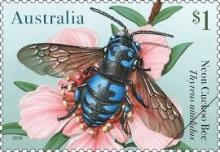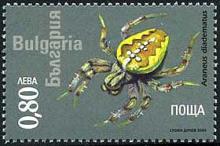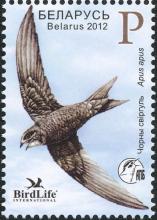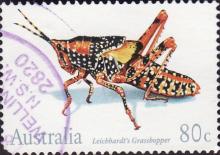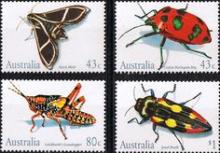Henk Tennekes over de ontsporing van de toxicologie
In een interview met Engelse ondertiteling zet de toxicoloog Henk Tennekes zijn denkbeelden over de ontsporing van de toxicologie uiteen. Hij is van mening dat met name de cumulatieve toxiciteit van bestrijdingsmiddelen in het milieu bij de toelatingsprocedure onvoldoende wordt onderzocht en verklaart daarmee de massale insectensterfte van de laatste jaren.


